
Discovery of Uranus
Like other planets, Uranus is also quite easy to see when naked. Due to its rather low brightness and slow motion across the celestial sphere, this gas giant went unnoticed by ancient civilizations. It was discovered with a telescope by Sir William Herschel on March 13, 1781. After the astronomer announced this discovery, he was asked to name it. Herschel decided to name it in honor of King George III Georgium Sidus (“the star of George”). This proposal was accepted only in Great Britain.
Origin of the name
Like the names of other planets in the Solar System, the name of Uranus comes from a god with the difference that it comes from Greek mythology (the others refer to gods from Roman mythology). Uranus was the personification of the sky.
Moons of Uranus
Uranus has 27 moons named after characters in the works of Shakespeare and Alexander Pope. The oldest of them is Umbriel, and the youngest is Ariel. The moons of Uranus are divided into several groups – inner, large, and irregular. The latter follow an elongated orbit, in the opposite direction to the planet’s motion. This means that they were intercepted by the planet by gravity and were not formed with the planet.
Exploration of Uranus
In 1977, the Voyager 2 probe was launched towards the planet, reaching its destination in 1986. This mission was of an exploratory nature. During it, it was possible to study the structure and chemical composition of the atmosphere, discover ten new moons, and observe specific weather phenomena. It was the first and only mission to study Uranus. Currently not in plans to carry out more. It is worth mentioning that scientists almost accurately determined the arrival of the probe at the site – they were wrong by only 68 seconds.
Seasons
There are only two seasons in Uranus: summer and winter. Among all the planets in the solar system, Uranus is the coldest of them. There, the mercury bar even shows -224 degrees Celsius.
**INTERESTING FACTS**
- Uranus is the seventh planet from the Sun in the Solar System.
- He is one of the gas giants.
- Uranus is the seventh planet from the Sun. It has the third largest planet radius and the fourth largest planet in the solar system. Uranus is similar in composition to Neptune, and both have a massive chemical composition that differs from the larger gas giants Jupiter and Saturn.
- Visible to the naked eye, it was not considered a planet due to its dimming and slow orbit. Uranus became the first planet discovered with a telescope. Uranus is turned on its side with an axial tilt of 98 degrees. It is often referred to as “revolving around the sun.”
- For this reason, scientists often classify Uranus and Neptune as “ice giants” to distinguish them from gas giants.
- Uranus’s atmosphere is similar to that of Jupiter and Saturn in its original composition of hydrogen and helium, but contains more “ice” such as water, ammonia, and methane, along with traces of other hydrocarbons.
- Uranus’s atmosphere has methane in it. When struck by sunlight, methane absorbs red light and reflects blue light. This reflected blue light is what our eyes can see.
- It is the coldest planetary atmosphere in the solar system, with a minimum temperature of 49 K (-224 ° C; -371 ° F), a complex, layered structure of clouds with water expected to form the lowest clouds and methane the highest cloud layer.
- The interior of Uranus is mostly ice and rock.
- Uranus was officially discovered by Sir William Herschel in 1781.
- At a minimum temperature of -224 ° C, Uranus is almost the coldest planet in the solar system. While Neptune is not as cold as Uranus, it is on average cooler.
- All the planets of the solar system rotate around their axis, with an inclination similar to that of the sun. In many cases, planets have an axial tilt with one of their poles slightly tilted towards the sun. For example, the Earth’s axis of rotation is 23.5 degrees from the plane of the sun. Uranus has an axial tilt of 99 degrees. In other words, the planet rotates on its side.
- It is too dark to be seen by the ancients. Initially, Herschel thought it was a comet, but a few years later it was confirmed as a planet. Herscal tried to make his discovery named “Georgian Sidus” after King George III.
- The name of Uranus was suggested by the astronomer Johann Bode.
- Uranus is the seventh planet from the Sun orbiting a distance of 2.88 billion km. But it is even closer than Neptune, which is on average 4.5 billion kilometers from the Sun. However, this does not prevent Uranus from being cooler than Neptune.
- Like other gas giants, it has an upper layer of hydrogen in which helium is mixed. Below is the icy ‘mantle that surrounds the rock and the ice core. The upper atmosphere is made of water, ammonia, and methane ice crystals that give the planet a pale blue color.
- Uranus’s upper atmosphere is covered in a methane haze that hides the storms that occur on cloud decks.
- In 1986, the Voyager 2 spacecraft passed the planet at a distance of 81,500 km. He returned the first close-up images of the planet, its moons, and rings.
- The name comes from the ancient Greek deity Ouranos.
- Uranus is the sky god and the only planet with a name based on Greek mythology. The name of the planet was given only 70 years after its discovery.
- Scientists believe that there is a layer of liquid diamond under the glacier. It is formed when the carbon in the atmosphere condenses into diamonds and rain falls. Huge diamonds float in the ocean.
- Beneath the ice and diamond mantle is a small rocky core made of iron and nickel. The ocean is dominated by an atmosphere of hydrogen, helium and methane gases, and an external atmosphere of hydrogen.
- The planet rotates in a retrograde direction, opposite to the way Earth and most other planets rotate.
- Uranus makes one trip around the Sun every 84 years on Earth.
- Astronomers thought that the name Uranus made sense because it is in line with mythology and the planets of the solar system. In mythology, Uranus is the Greek version of Caelus. Caelus is the father of Saturn and Saturn is the father of Jupiter. In the solar system, Uranus is the seventh planet, Saturn the sixth, and Jupiter the fifth.
- The least dense planet in the solar system is Saturn. In fact, at an average density of 0.687 g / cm3, Saturn’s body is actually less dense than water (1 g / cm3). With an average density of 1.27 g / cm3, Uranus has the second lowest density of any planet in the solar system.
- Like other giant planets, Uranus has a ring system, a magnetosphere, and numerous moons. The Uranus system has a unique configuration among planets because its axis of rotation is tilted to the side, almost in the plane of the solar orbit.
- Due to its unique tilt angle, one night in Uranus lasts 21 years.
- Compared to other planets in the solar system, Uranus has a gravity similar to that of the Earth. Uranus has a gravity of 8.9 m / s², while that of the Earth is 9.8 m / s².
- Uranus’ moons are named after from characters created by William Shakespeare and Pope Alexander. These include Oberon, Titania and Miranda. They are all frozen worlds with dark surfaces. Some of them are mixtures of ice and rock. The most interesting Uranian moon is Miranda. It has ice canyons and other strange looking surfaces.
- Its north and south poles therefore lie where most of the other planets have equators.
- Uranus was discovered on March 13, 1781 by William Herschel.
- It can only be seen with a telescope.
- The mass of Uranus is 14.5 times that of the Earth.
- Uranus is the coldest planet in the solar system (the lowest temperature recorded is -224 ° C).
- Diamond rains occur on this planet.
- The names of the moons are associated with characters from the works of William Shakespeare and Alexander Pope: Cordelia; Ophelia; Bianca; Cressida; Desdemona; Juliet; Portia; Rosalind; Cupid; Belinda; Perdita; Puck; Mab; Miranda; Ariel; Umbriel; Titania; Oberon; Francisco; Caliban; Stephano; Trinculo; Sycorax; Margaret; Prospero; Setebos; Ferdinand;
- In astrology, the planet Uranus is associated with the sign of Aquarius.
- The chemical element Uranus is named after the planet Uranus, discovered 8 years earlier.
- Uranus’s mean orbital speed is 6.8 km / s.
- The circuit is 159 354 km long.
- In the beginning, this planet was named “George’s Star,” in honor of King George III.
- Uranus has thin, faintly visible rings.
- There are 27 known moons circling the Uranus.
- Uranus is the first planet discovered with a telescope.
- This planet is often counted among the “ice giants”.
- Uranus has the coldest planetary atmosphere in the solar system.
- On this planet, wind speeds reach 900 km / h.
- Initially, Uranus was to be called Neptune.
- The summer in Uranus lasts 42 years.
- Uranus is much larger than Earth. Its interior could contain 63 versions of our planet. This celestial body is the third largest planet in the solar system.
- One of the moons of this planet is called Cupid in honor of the god of love in Roman mythology.
- The longest day ever. From 2007 to 2050, on Uranus’ North Pole location , is a continuous day.
- The magnetic poles do not coincide with the axis of rotation. It is the only planet in the solar system with the North Pole facing the sun.
- The coldest planet is Uranus. There are only two seasons of the year – summer and winter. The thermometer shows there as much as -224 degrees Celsius.
- The wind speed on Uranus is 900 km / h.
- Uranus is the only planet in the solar system named after a Greek, not a Roman, god.
- In Chinese, Japanese, and Korean the name of this planet means “the king of heaven”.
- Uranus is approximately 3 billion kilometers from the Sun.
- It orbits the sun for 84 years.
- Rotation takes 17 hours and 14 minutes.
- Uranus receives 400 times less light than Earth.
- The diameter of Uranus is 50,720 km.
- The main components of Uranus’s atmosphere are hydrogen and helium.
- Uranus has no solid surface.
- It owes its name to the Greek god Uranus. So, it is the only planet not named after the pantheon of Roman gods.
- William Herschel wanted to name the planet after King George III – Georgium Sidus, but the name was not popular outside Great Britain. The current name was proposed by the German astronomer Johann Elert Bode.
- Uranus has a diameter of 50,724 kilometers, and its mass is 14.5 times that of the Earth.
- The coldest planet is Uranus. There are only two seasons of the year – summer and winter. The thermometer even shows -224 degrees Celsius.
- The wind speed on Uranus is 900 km / h.
- Uranus has a tilt angle of about 98 degrees, so that one of its poles always points towards the sun.
- The axis of rotation is almost in the plane of the orbit of the planet, so roughly in the position of the Earth’s equator.
- The rotation time around its axis is 17 hours.
- The largest moon of Uranus is Titania. Its diameter is 1,522 kilometers.
- Uranus is a gas giant, but due to its structure and chemical composition different from Jupiter and Saturn, it is classified as ice giants.
- Winds in Uranus reach 900 km / h.
- We currently have knowledge of the 13 rings of Uranus.
- It takes 84 Earth years for Uranus to fully revolve around the sun.
- The minimum temperature in Uranus is -224˚C.
- Although the average temperature on Neptune is the lowest of all planets, Uranus is considered to be the coldest planet in the solar system.
- The only spacecraft to reach Uranus was Voyager 2. The closest approach to the planet dates back to January 24, 1986.
- At that time, the probe was 81,558 kilometers from the tops of the clouds.
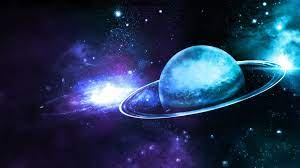



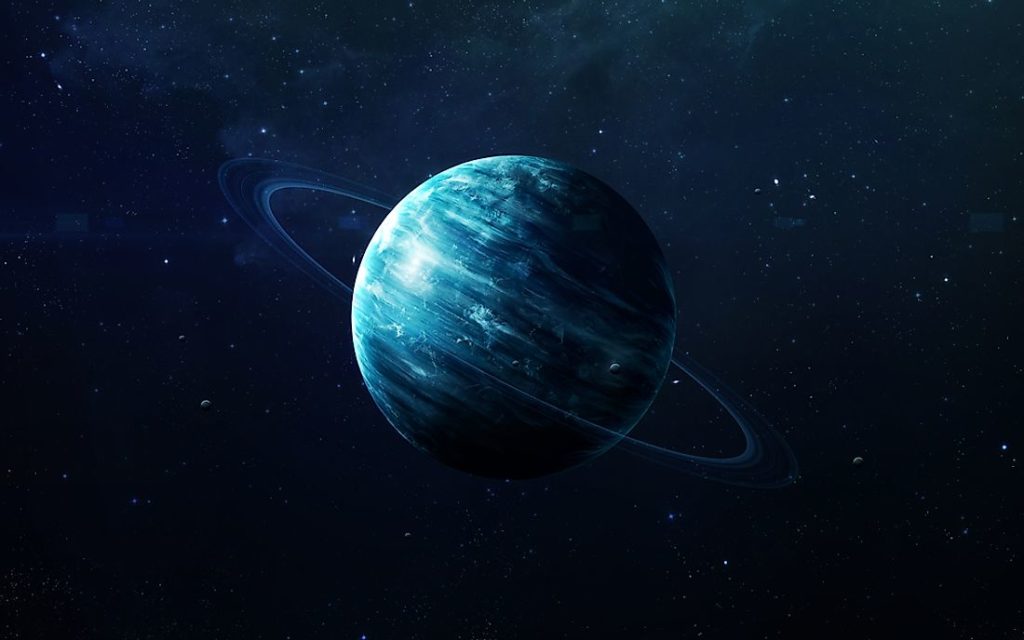
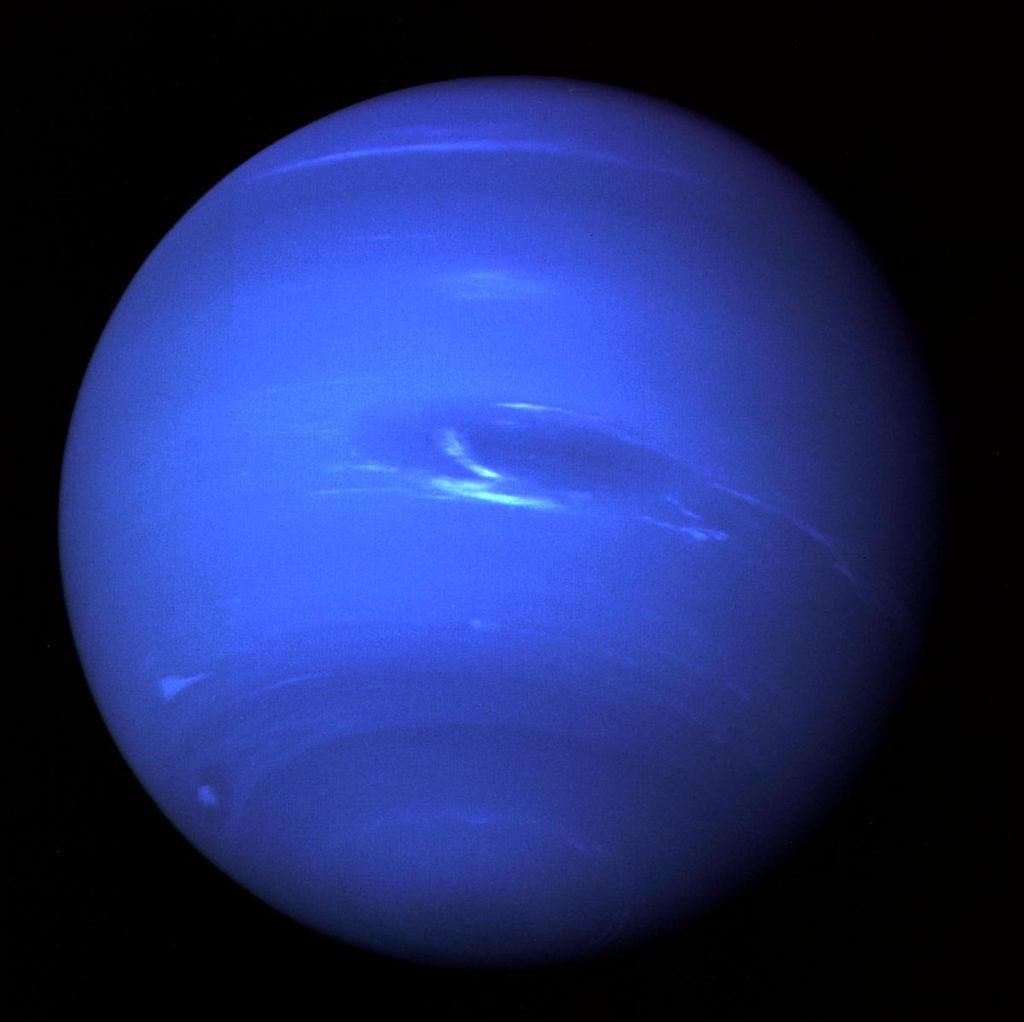

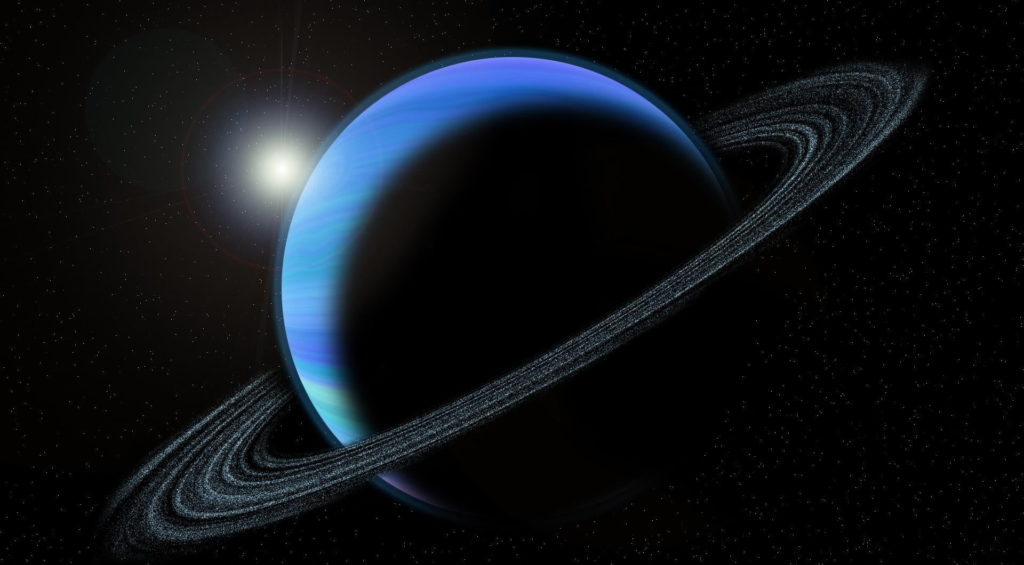







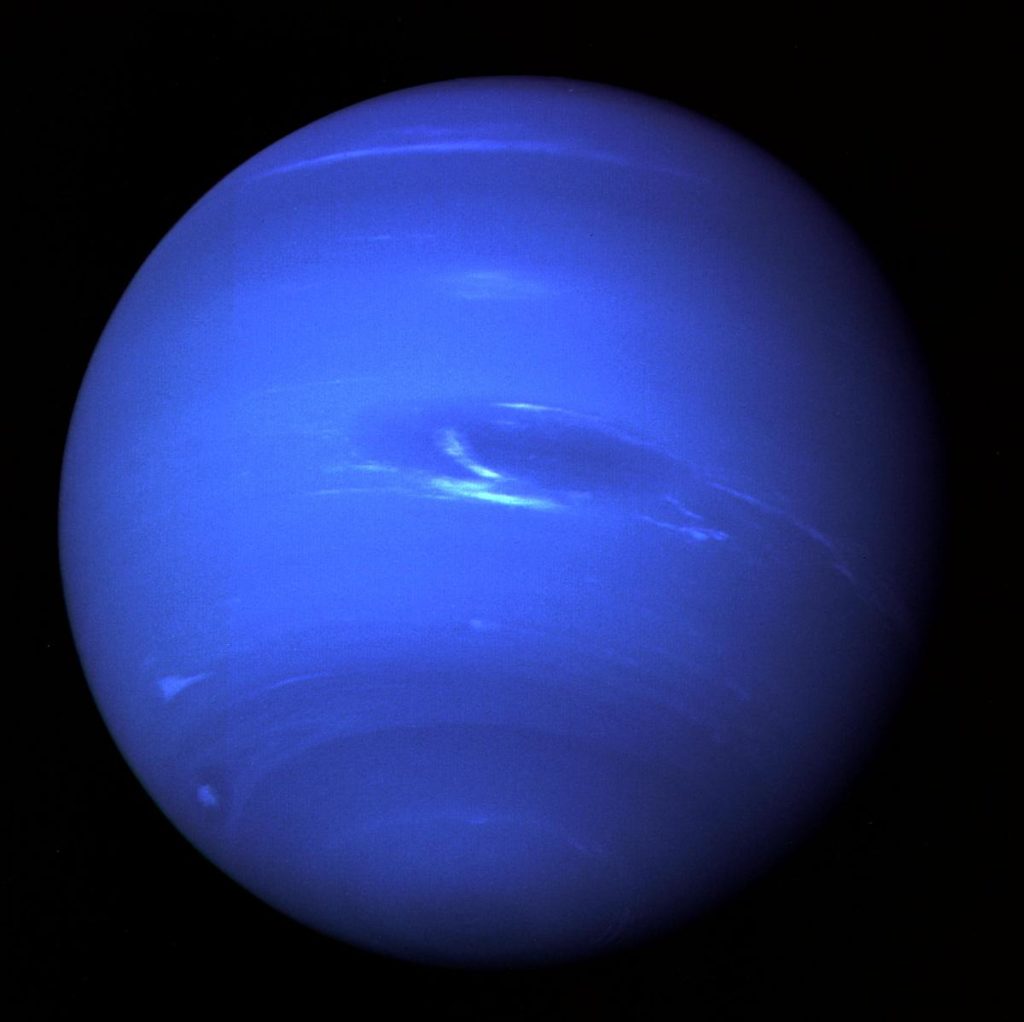




Hello! Do you know if they make any plugins to help with SEO? I’m trying to get my blog to rank for some targeted keywords but I’m not seeing very good gains. If you know of any please share. Kudos!
yes, Yoast SEO
After looking into a few of the blog articles on your site, I honestly like your technique of blogging. I added it to my bookmark webpage list and will be checking back in the near future. Take a look at my web site as well and tell me how you feel.
Hello! I know this is kinda off topic however , I’d figured I’d ask. Would you be interested in trading links or maybe guest writing a blog post or vice-versa? My website covers a lot of the same subjects as yours and I believe we could greatly benefit from each other. If you might be interested feel free to shoot me an email. I look forward to hearing from you! Wonderful blog by the way!
My brother suggested I would possibly like this web site. He was totally right. This post truly made my day. You can not believe just how so much time I had spent for this information! Thank you!
Good information. Lucky me I came across your website by accident (stumbleupon). I’ve saved as a favorite for later!